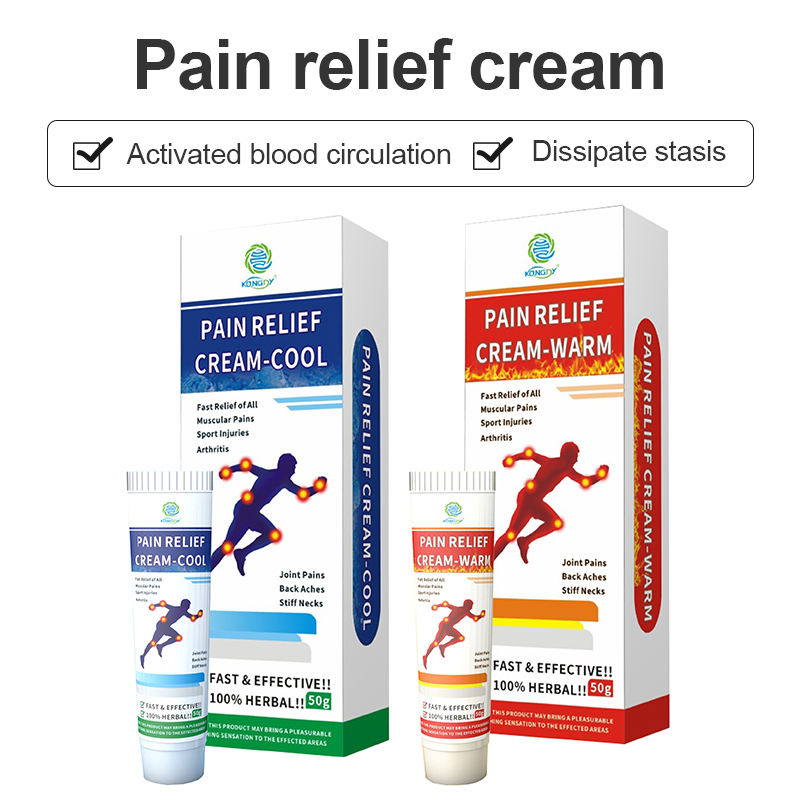Chronic pain is a debilitating condition that affects millions of people worldwide. As healthcare providers, it is our responsibility to explore various treatment options to alleviate our patients’ suffering. One promising approach that has gained traction in recent years is the use of topical pain relief creams. Incorporating these creams into your clinic’s pain management program can provide a complementary and effective solution for managing various types of pain.
- Understanding the Benefits of Topical Pain Relief Creams
Topical pain relief creams offer several advantages over traditional oral medications. First and foremost, they allow for targeted delivery of active ingredients directly to the site of pain, reducing systemic exposure and minimizing potential side effects. Additionally, these creams can provide relief without the risk of drug interactions or gastric irritation, making them a safer option for patients with multiple comorbidities or those sensitive to oral pain medications.
- Selecting the Right Pain Relief Creams
When integrating topical pain relief creams into your clinic’s pain management program, it is essential to choose products with proven efficacy and safety. Look for creams containing well-researched active ingredients such as:
Menthol: Derived from peppermint oil, menthol provides a cooling sensation that can temporarily alleviate muscle and joint pain.
Capsaicin: Extracted from chili peppers, capsaicin has been shown to reduce pain perception by depleting substance P, a neurotransmitter involved in pain signaling.
Nonsteroidal Anti-Inflammatory Drugs (NSAIDs): Topical NSAIDs, such as diclofenac and ibuprofen, can effectively reduce inflammation and pain associated with conditions like osteoarthritis and musculoskeletal injuries.

- Educating Patients on Proper Usage
While topical pain relief creams are generally considered safe, it is crucial to educate patients on their proper usage. Emphasize the importance of following the manufacturer’s instructions regarding application areas, frequency, and dosage. Additionally, remind patients to avoid using these creams on broken or irritated skin, as this can increase absorption and potentially lead to adverse effects.
- Incorporating Pain Relief Creams into Treatment Plans
Topical pain relief creams should be integrated into a comprehensive pain management strategy that considers each patient’s unique needs and circumstances. For some patients, these creams may serve as a standalone treatment, while for others, they can complement existing therapies, such as physical therapy, exercise, or oral medications.
- Monitoring and Follow-Up
As with any treatment, it is essential to monitor patients’ progress and adjust the pain management plan as needed. Schedule regular follow-up appointments to assess the effectiveness of the topical pain relief creams and address any concerns or side effects. Encourage patients to provide feedback on their experience, as this information can help refine your clinic’s approach and ensure optimal outcomes.
By incorporating topical pain relief creams into your clinic’s pain management program, you can offer your patients a safe, targeted, and potentially more tolerable option for managing their chronic pain. Stay up-to-date with the latest research, collaborate with other healthcare professionals, and prioritize patient education to ensure the successful integration of these creams into your practice.






